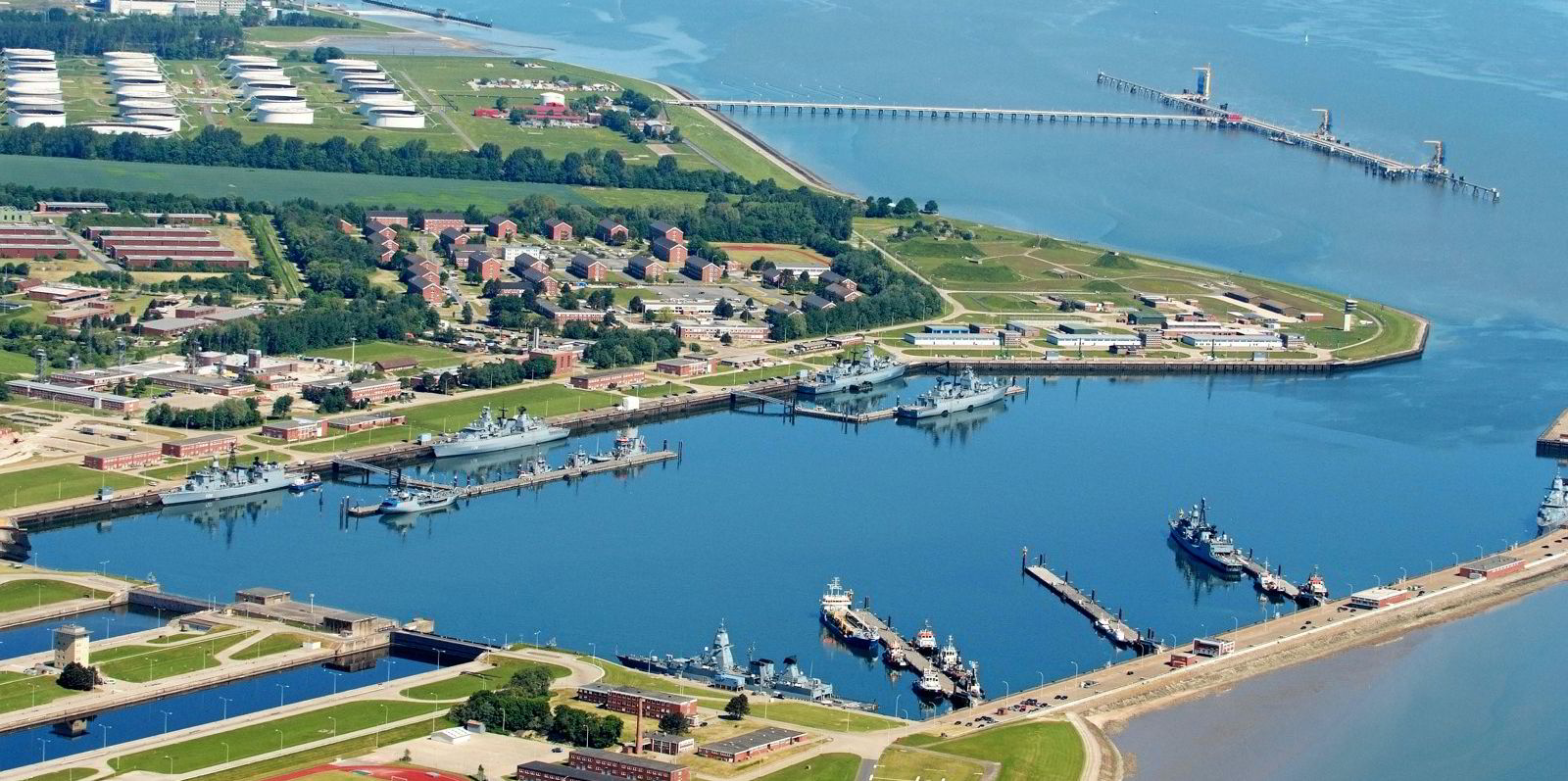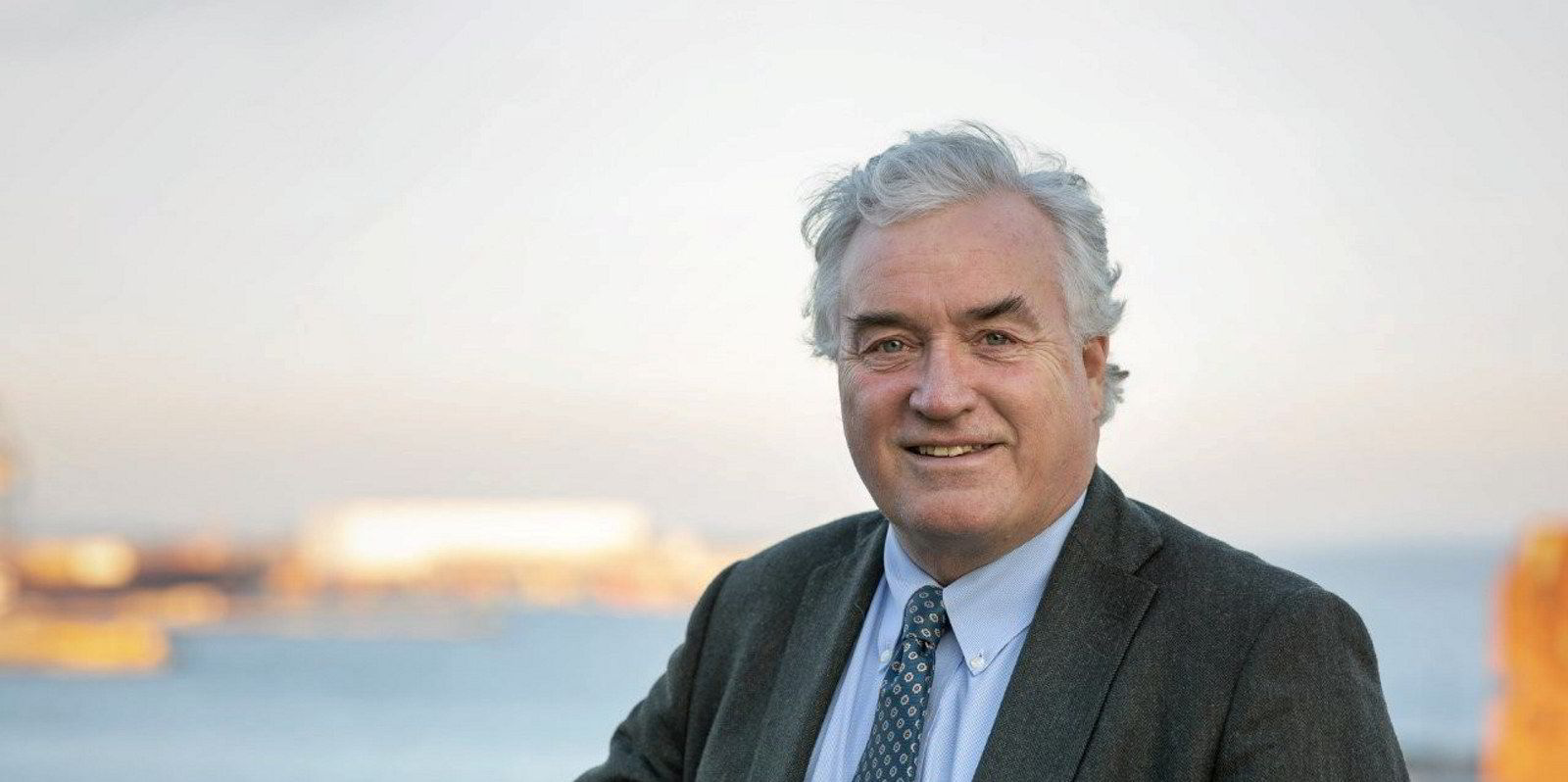UK oil major BP is progressing with its alternative fuels work with a new hydrogen hub in Germany.
The company is evaluating the feasibility of building a new facility in Wilhelmshaven.
The project is expected to include an “industry-leading” ammonia cracker to produce up to 130,000 tonnes of low-carbon hydrogen from green ammonia each year, beginning in 2028.
The ammonia, produced from the electrolysis of water using renewable energy sources, is expected to be shipped from BP green hydrogen projects around the world to Wilhelmshaven, before being converted back to hydrogen.
There would be scope for further expansion as the market for future fuels develops, BP said.
Patrick Wendeler, chief executive of BP Europa, said the group has the expertise and capacity to cover the entire value chain of green hydrogen production, including conversion into derivatives like ammonia, as well as transport and reconversion to supply green hydrogen where it is needed.
“This development would help create greater energy independence for our German customers across a range of low-carbon energy products,” he added.
BP plans to use existing infrastructure at the Nord-West Oelleitung (NWO) terminal at Wilhelmshaven, in which it holds a stake. It will also use existing oil and gas pipelines to deliver the hydrogen.
Felipe Arbelaez, senior vice president for hydrogen and carbon capture and storage (CCS) said the group is developing a number of potential hydrogen and ammonia export locations in the Middle East, Africa and Australia.
Critical step
These could meet some of Europe’s demand in the coming years.
“This is another critical step in developing and delivering low-carbon hydrogen in communities throughout the world,” he added.
In May last year, BP teamed up with gas and engineering company Linde for a big new CCS project in Texas.
The two companies will combine this with low-carbon hydrogen production, BP said.
The scheme could be up and running by 2026 and aims to store up to 15m tonnes of CO2 per year at multiple sites.
BP added this is equivalent to removing 3m cars from the road.
CO2 from Linde’s production facilities in the greater Houston area will be stored, along with that of third-party emitters along the US Gulf Coast.
This will be used to produce hydrogen to be sold to customers as fuel.




